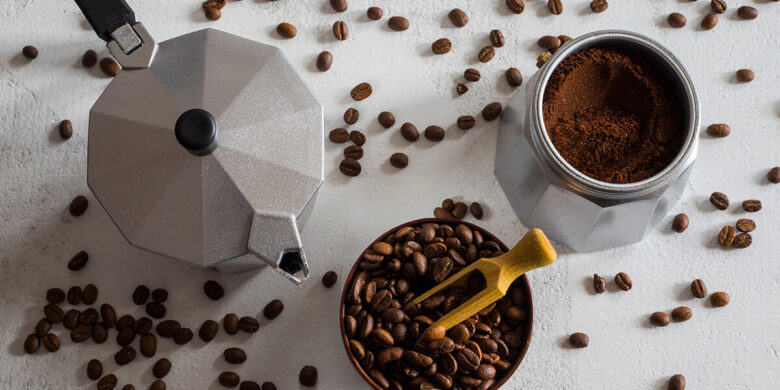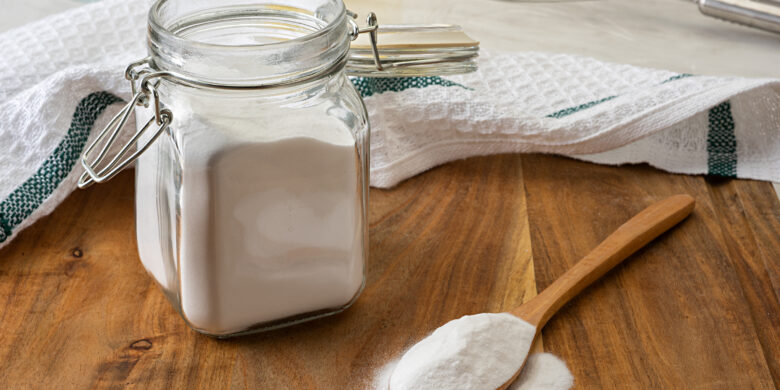Low-acid coffee refers to coffee with a lower acidity level than regular coffee. This type of coffee is typically easier on the stomach and can be less bitter in taste. It can be produced through various methods, such as growing the beans at a higher altitude, using a specific roasting method, or using a blend of beans that naturally have a lower acidity level.
Here are reasons why low-acid coffee stands out;
Contents
Easier on the stomach

Source: firstforwomen.com
Low-acid coffee may be less likely to cause stomach discomfort for people with acid reflux or GERD, as it has a lower acidity level than regular coffee. The acidity in coffee can irritate the stomach lining and exacerbate symptoms of acid reflux and GERD. Low-acid coffee may be less likely to do this, making it a good option for people with stomach sensitivities. However, it’s worth noting that different people may have different reactions to low-acid coffee, and it’s always a good idea to consult with a healthcare professional before making any dietary changes.
Less bitter taste
Low acid coffee can have a smoother, less bitter taste, which some people may find more enjoyable than regular coffee. The acidity in coffee can contribute to its bitter taste. By reducing the acidity level, low-acid coffee may have a less bitter flavor, which some people may find more pleasing. However, it’s worth noting that taste is subjective and what one person finds enjoyable may not be the case for another person. Additionally, the taste of low-acid coffee depends on the beans used, the roasting method, and the brewing method.
Reduced risk of tooth enamel erosion

Source: well.org
Regular coffee can be acidic and may erode tooth enamel over time. The acidity in coffee can soften the tooth enamel, making it more susceptible to erosion. This can lead to tooth sensitivity and an increased risk of cavities. Low-acid coffee may have a lower acidity level, making it less likely to cause tooth enamel erosion. However, it’s worth noting that drinking any coffee, low-acid or regular, with added sugar or cream can also increase the risk of tooth decay. Additionally, it’s essential to brush your teeth or rinse your mouth after drinking coffee to help neutralize the acid and reduce the risk of tooth erosion.
Reduce the risk of certain cancers

Source: kernodle.com
Some evidence suggests that consuming high levels of coffee may be associated with an increased risk of certain types of cancer, such as bladder, ovarian, and liver cancer. However, more research is needed to understand the potentially cancer-causing chemicals in coffee and how they may affect the body.
Low-acid coffee may be less likely to increase cancer risk, as it has a lower acidity level than regular coffee.
Better for people with heartburn

Source: gastroconsa.com
Low-acid coffee may be a better option for people with heartburn or acid reflux, as it may cause less irritation to the esophagus. The acidity in coffee can irritate the lining of the esophagus, which can exacerbate symptoms of heartburn and acid reflux. By reducing the acidity level, low-acid coffee may be less likely to irritate the esophagus. However, It’s always a good idea to consult with a healthcare professional before making any dietary changes if you are experiencing heartburn or acid reflux symptoms.
Tips for Preparing Low-Acid Coffee

Source: perfectbrew.com
Here are a few tips for preparing low-acid coffee:
Choose low-acid coffee beans: One way to prepare low-acid coffee is to choose coffee beans labeled low-acid or acid-free. These beans are usually grown at higher altitudes or have been processed to reduce their acidity level. You can also look for coffee beans that have a low pH level or are described as “mild” or “smooth” in taste, as these may also have a lower acidity level. Keep in mind that it’s always a good idea to check the label or ask the supplier for specific information on the pH level of the coffee beans.
Use cold water: Another way to prepare low-acid coffee is by using cold water to brew it. Hot water can extract more acidity from the coffee beans, while cold water can reduce acidity. One way to brew low-acid coffee using cold water is by using a cold brew coffee maker or steeping coarsely ground coffee in cold water for 12-24 hours. When using this method, the cold water is in contact with the coffee for a longer time, which allows for a slower extraction process and a lower acidity level in the final cup of coffee. This method may also result in a smoother and less bitter taste.
Add a pinch of baking soda: Adding a pinch of baking soda to your coffee can neutralize some of the acidity. Baking soda is a base, and when it is added to coffee, it neutralizes its acidity. It’s important to note that you should use only a small amount, typically a pinch or less, as too much baking soda can give your coffee a soapy taste. It’s always a good idea to start with a small amount and adjust to your taste. Additionally, if you have high blood pressure, you should consult a healthcare professional before adding baking soda to your coffee, as baking soda can also increase the sodium content.

Source: today.com
Try a blend: You can prepare low-acid coffee by blending regular coffee beans with low-acid beans. Mixing regular coffee beans with low-acid beans can help lower the overall acidity level of the coffee. This method can provide a good balance between taste and acidity and also help reduce the bitterness of the coffee. It’s important to note that different beans will have different acidity levels, so it’s a good idea to experiment with different blends to find the one that works best for you. Additionally, you can also adjust the ratio of low-acid beans to regular beans to get the desired acidity level.
Avoid adding sugar or cream: You can avoid preparing low-acid coffee by not adding sugar or cream to your coffee. Adding sugar or cream to your coffee can increase the acidity level and add more calories to your drink. Instead, try drinking your coffee black or with a non-dairy milk alternative, such as almond milk, soy milk, or oat milk, which can lower acidity. These alternatives are also lower in calories and fat, making them healthier.
Avoid over-brewing: Over-brewing coffee can increase its acidity level, so it’s essential to remove the coffee grounds or filter as soon as the brewing is done. Coffee contains oils and acids that can be extracted from hot water. The longer the coffee is in contact with the hot water, the more acidity is extracted from the beans, and the more bitter the coffee will be. So, removing the coffee grounds or filter as soon as the brewing is done is essential to prevent over-brewing and keep the acidity level low.
Finally, it is worth noting that, as with any food, individual tolerance and preference may vary, so it’s always a good idea to experiment with different brewing methods to find what works best for you.
